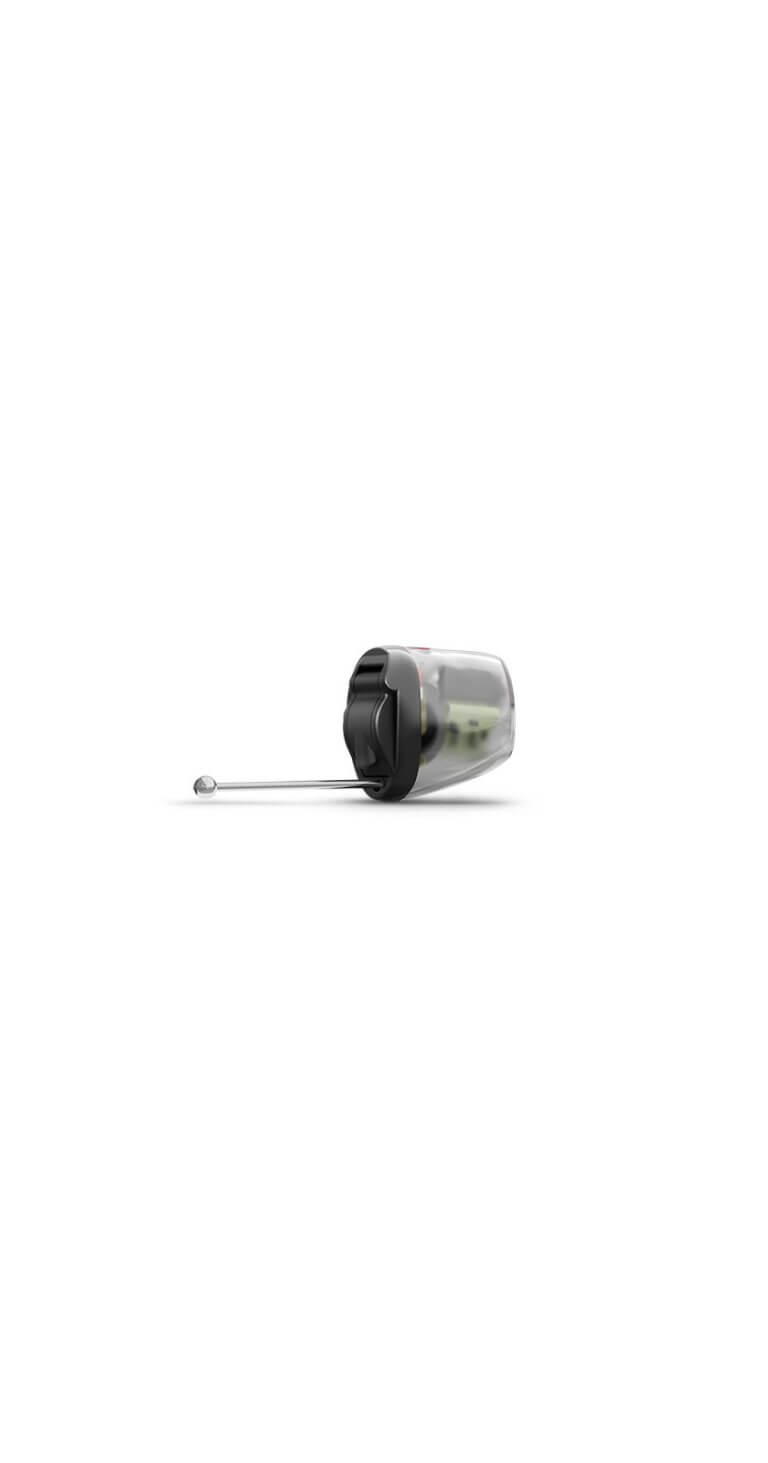
Invisible In Canal (IIC)
- Custom-fitted to sit comfortably within the ear
- Discrete
- Provides a natural sound experience
- Best suited to individuals with mild to moderate hearing loss
Free warranty for up to 5 years
Free batteries for up to 5 years
Unlimited aftercare
Free follow-up appointments
Hearing aids are small, electronic devices that can be worn in, or behind the ear, to amplify sounds for those affected by hearing loss. These clever little devices are packed full of technology which works hard to adjust sounds, clarify speech and reduce the impact of noisy backgrounds.
Typically a hearing aid is made up of three key components; a microphone, an amplifier and a speaker. Sound waves are picked up through the microphone and converted into electrical signals. These signals then travel to the amplifier where the power before being sent to the ear via the speaker.
A hearing aid is a small electronic device worn in or behind the ear to help improve hearing. It consists of four key components:
These components work together to make sounds louder and clearer, helping users with hearing loss to better understand speech and other important sounds.
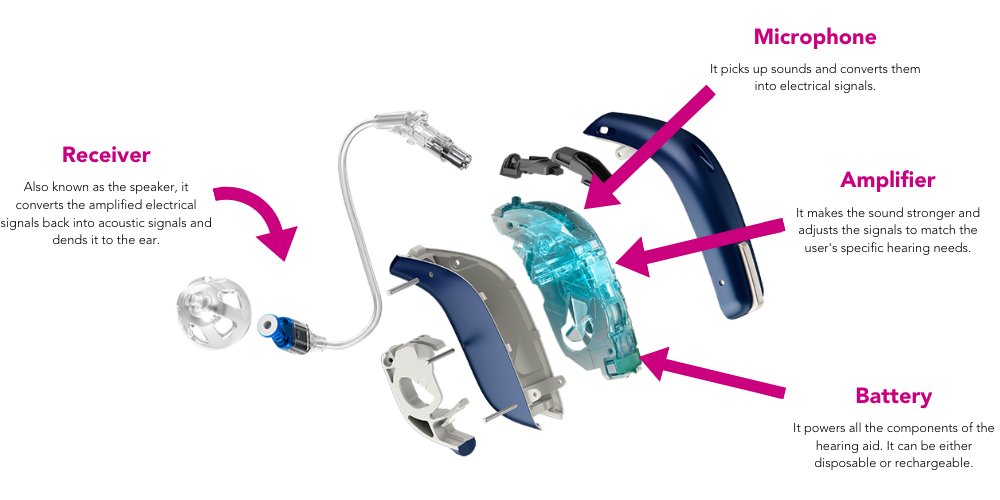
Hearing aid fitting styles
Hearing aids, and the technology used within them, have evolved a long way since the days of larger, bulky contraptions, and are now much more advanced and pleasing to the eye. With a range of shapes and styles available, knowing what’s best for you can often be confusing. But, with The Hearing Care Partnership, our expert audiologists can offer you the right support and guidance to find the aids best suited to your needs. Here’s an overview of the different types of aids available:

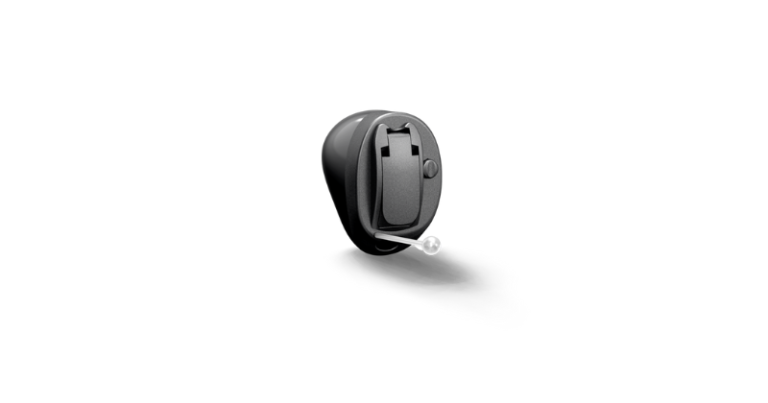
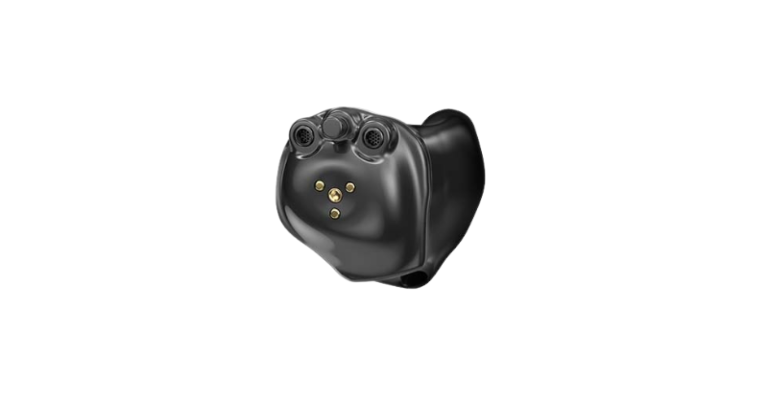
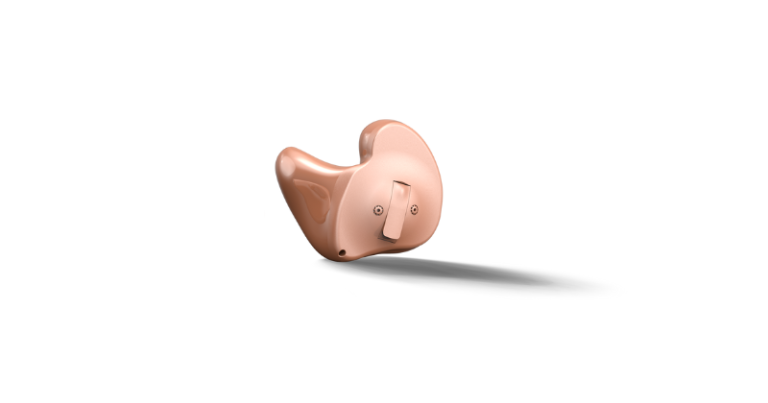
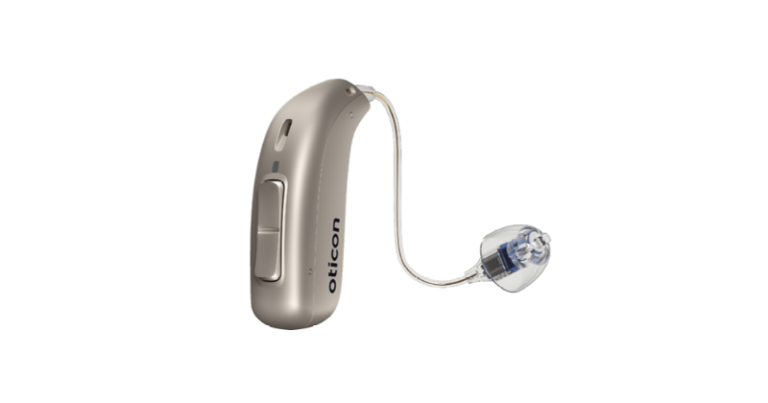
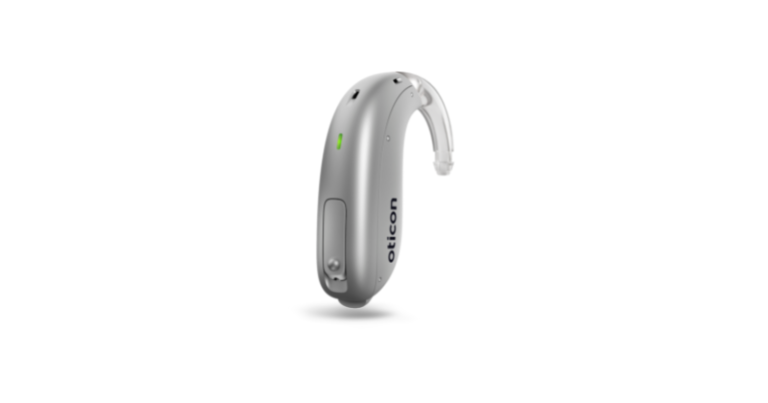
At The Hearing Care Partnership, hearing aid prices are structured within complete hearing care packages, ensuring you receive comprehensive support from the moment you invest in your hearing. Prices range from £1,800 to £5,300.
All packages include unlimited aftercare, annual hearing checks, and free follow-up appointments for the life of the warranty, providing peace of mind and ongoing support for your hearing needs. The level of technology, features included and warranty length is determined by the which package is best for you.
A hearing aids review typically involves assessing your adaptation to the devices, making any necessary adjustments, and providing additional support and guidance. This appointment is crucial for ensuring you get the most benefit from your hearing aids and resolving any issues early on.
By providing comprehensive follow-up and support, we aim to ensure that you get the most out of your hearing aids, enhancing your overall hearing experience and quality of life. Here’s a step-by-step guide to what you can expect:

Discuss your experiences with the hearing aids, including sound quality, comfort, and any specific challenges you’ve faced. This feedback helps your audiologist understand how well the devices are meeting your needs.
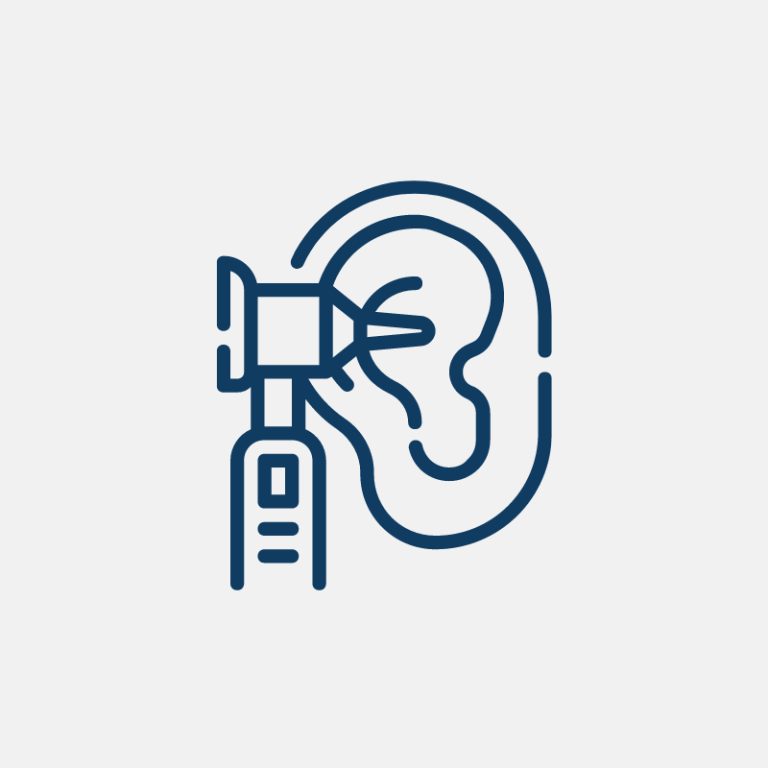
Your audiologist will conduct an otoscopy to examine your ear health and check for any issues such as wax buildup or infections. Additionally, if applicable, a hearing test may be performed to assess any changes in your hearing.

Based on your feedback and ear health assessment, your audiologist will make necessary adjustments to your hearing aids to better suit your preferences and hearing needs. At the end of your review, your audiologist will schedule a follow-up appointment.

Book a free hearing aid review at your local practice using our simple online booking system.

Call us on 0800 52 00 546. Lines open Monday to Saturday 8.30am – 5pm
Hearing aid packages range from £1800 – £5300. The technology, support & warranty increases with the higher level of packages offered. For example, the technology’s ability to help your brain process speech in noise gets increasingly better (a common difficulty for people with hearing loss). The range of frequency support increases at each level, which provides sharper sound quality. The Essential and Advanced packages include a 3 year manufacturer warranty on the hearing aids, whereas the other levels have an extended 5 year warranty. This can be really reassuring for patients to know they’re covered for longer.
All of our hearing aids are provided with private care, we do not provide NHS hearing aids. The difference between the two options is that private hearing aids are more advanced in the technology being used in NHS hearing aids by roughly 5-6 years, or the equivalent of 3 generations of technology. The NHS is far more limited in the range and style of hearing aids available compared to the options at The Hearing Care Partnership or other private practices.
We provide regular, consistent aftercare with 6 month checks and annual tests. It is important to monitor your hearing regularly to identify any changes. Private providers offer access to better quality technology than in the NHS, but also some level of autonomy in what you can have: your audiologist will always guide you to the best clinical solution, but patients do have an element of say in this (the NHS is much more restricted). You will also benefit from detailed and thorough assessments that include video otoscopy, tympanometry and speech testing.
Your audiologist will be on hand to guide you with the different styles of hearing aids. A lot of the decisions regarding appropriate hearing aid choices will be influenced by a patient’s age, severity of their loss, hearing needs (time spent in challenging vs quiet environments), dexterity, eyesight, and whether they are an experienced hearing aid wearer or not.
This will all depend on how well you look after your hearing aids. On average research has shown that hearing aids last around 6 years – at this point many users will look at new hearing aid technology as they realise how much of a role technology plays in having good hearing. In those 6 years, hearing aid technology will have moved on, and they will no longer be covered by the manufacturer’s warranty. However, that’s not to say you have to upgrade your hearing aids if they are working well for you.
Keeping hearing aids hygienic is very important as your ears are delicate. Make sure you are replacing the domes and filters at least monthly. In the meantime, get into a good routine of cleaning the dome and hearing aid with a clean tissue, alcohol wipe or antibacterial wipe.
This can be due to wax blocking the ear, the hearing aids not being inserted into the ear correctly or a poorly fitting hearing aid. This has been an issue with hearing aids in the past, but with the technology available now, this no longer needs to be a problem and is usually easily solved. Wax removal is offered as part of your aftercare with hearing aids from The Hearing Care Partnership. Read our article on hearing aid troubleshooting to get the most out of your devices.